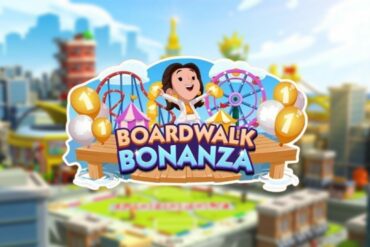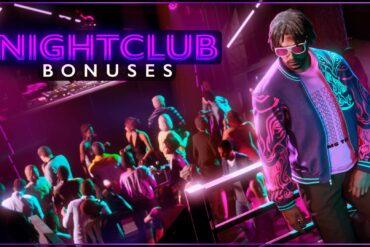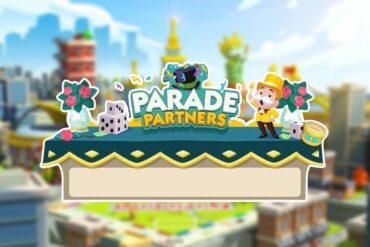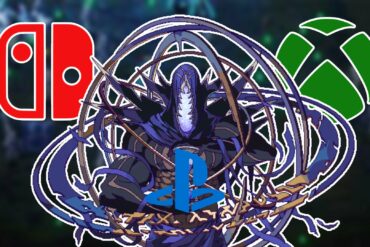Throughout the 8-bit and 16-bit eras of gaming, RPGs were kind of a niche thing. Even though there were some great games out there during this time (early Dragon Quest, Final Fantasy and the Phantasy Star series), it was mostly a niche genre of gaming as far as these things went.
It wasn’t until the release of the PlayStation that Eastern Style RPGs became a big, mainstream genre, popular the world over. In 1997, Squaresoft released the seventh entry in their Final Fantasy series for this particular platform. People were in awe of the cinematic quality of the game, full-motion video cutscenes and a soundtrack. The game quickly became one of the killer apps for the PSX, and people all over the world bought a PlayStation to experience this game. It introduced the entire planet to the Eastern RPG. Except for two idiotic kids in the backwoods of Spotsylvania County.
You Always Remember Your First
In 1997, I did not own a home console. I had a Game Boy. If I wanted to play console games, I wound up playing them at my neighbor’s house, and at that time the big thing was the N64. While I was aware of the game’s existence in 1997, and certainly remember seeing the ads for it, FFVII would not be my introduction to the Eastern RPG.
It wasn’t until a year later, my neighbor would wind up with a PlayStation. We were approaching our teen years, and as I recall, his cousin introduced him to the console. Obviously, he had to have it, because Nintendo was the gaming system for children, and we were clearly becoming mature. And one of the games for mature games was Star Ocean: the Second Story.
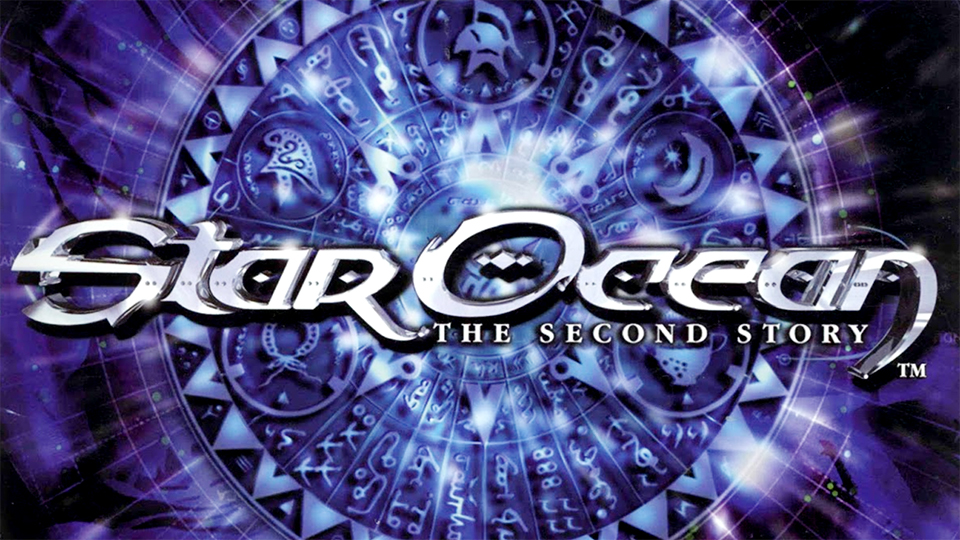
The Big Bang
When FF7 proved to be a mega-hit, things changed. Suddenly, all of the developers in Japan started producing RPGs in order to try to cash in, and they obviously shipped them to the west to get their slice of pie. And thus, in 1998, America got Star Ocean: The Second Story, and it found its way to my neighbor.
At this point, I was already familiar with RPGs and had actually been introduced to Advanced Dungeons and Dragons: Second Edition at a young age. I had also dipped my toes into the JRPG pool thanks to a friend owning Super Mario RPG: Legend of the Seven Stars. But Star Ocean wound up being the first time I dove into the deep end.
And boy did I ever get sucked into that game. Even after playing many other Eastern RPGs, there are so many things which make Star Ocean stand out from a crowd.
Binary Stars
One of the major things that stands out to me about this game even to this day is the fact that it has two different main characters to choose from. You can either play as Claude Kenni, a not-so-eager young space cadet and son of a hero who is on his first interstellar mission or Rena Lanford, a young woman with mysterious powers living in a medieval village. While both of their respective storylines almost immediately intersect in the game, it does allow you to essentially choose your initial playstyle. Would you rather play as a more combat-oriented character or a more magic oriented character? This has less of an impact as you recruit more characters and can switch around more during combat, but it lets you get a grasp of how different characters play, and tailor your game style accordingly.
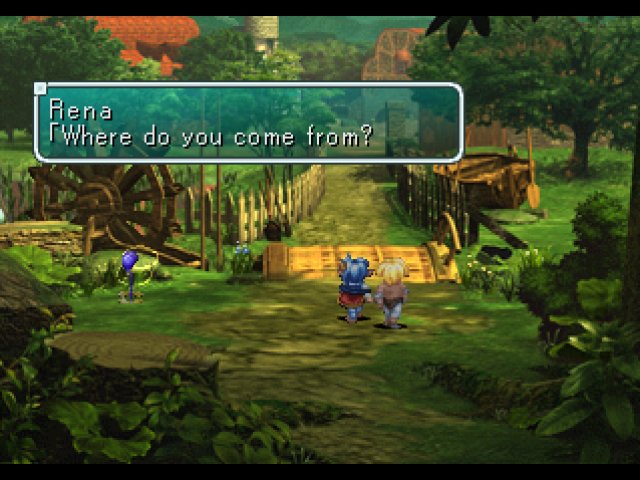
But it doesn’t just impact how you play in combat. These are also two very different characters, from very different worlds. Rena comes from a small village in a feudal kingdom, while Claude is a young explorer on a starship. While they both hit similar story beats, they have different points of view on the story events. Naturally, there are parts of the game where they split up and experience different events, or where certain things play out slightly differently. It also changes up which party members you can recruit, and how you recruit them. This means two different people playing can have two very different experiences.
Star Ocean even featured the ability to choose either boy or girl as your main character. While Final Fantasy VI was certainly a thing by this point, it still wasn’t terribly common to see a female as your main protagonist in video games back in the late ’90s. While The Second Story doesn’t handle “strong female lead” perfectly, it was definitely a refreshing change of pace for a genre that does, in a lot of ways, still feel like a boy’s club.
Celestial Bodies
Of course, it would be a pretty boring RPG if there were only two characters. The cast of The Second Story is a fun and colorful bunch. In the original game, there are a total of twelve recruitable characters. Some of the characters can only be recruited if you are playing as a specific lead. If you’re playing as Rena, you can recruit the cold and aloof swordsman Dias, whereas Claude gets the child prodigy Leon instead. Likewise, some of the characters are mutually exclusive. Recruiting the engineering genius, Precis, stops you from recruiting the butt-kicking pharmacist, Bowman.
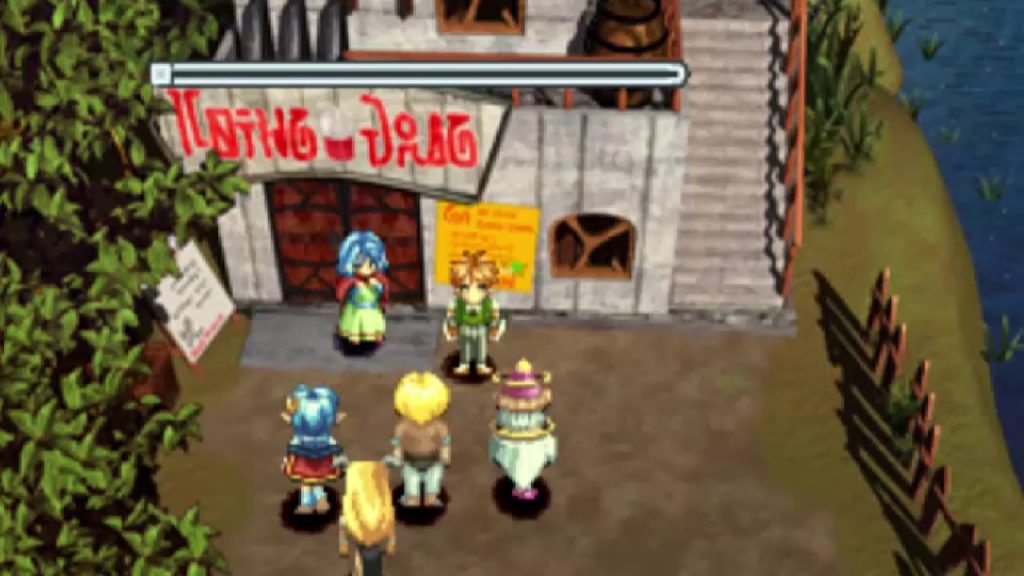
Once again, this adds a large amount of replayability to Star Ocean: The Second Story. For one thing, while all of these characters can basically be sorted into either “magic-user” or “fighter”, they all play very differently. Depending on who you recruit, you will likely come up with different strategies that work better for you. Likewise, these characters get different side quests, side stories, and events. And it certainly doesn’t hurt that these characters are charming and fun. Especially Ashton Anchors, with his barrel obsession, his horrible luck, his dual-wielding ability, and the fact that he has two dragons sticking out of his back.
The game offers a fun mix of characters, too. If I were to describe one potential party lineup as, “An elf teenager with healing powers, Three-Eyed Space Indiana Jones, a wandering ronin, and a journalist from an alien planet,” it would not really be much of an embellishment.
Gravitational Pull
There is an added bonus to the plethora of recruitable characters, and it was one that appealed greatly to adolescent me: a relationship mechanic that impacts the ending. Star Ocean: The Second Story advertised more than 80 possible endings.
The mechanics for this are a little bit on the arcane side. Throughout the game, you can engage in “Private Actions” in cities and towns. During these, your party splits up to do their own thing, and you have little side interactions with your party members. Depending on the choices you make, you can alter their affections for your main character and for each other. I can’t help but wonder if things like Mass Effect and Dragon Age were inspired by Star Ocean, because it’s a very similar idea in those games. However, in Star Ocean: The Second Story, it isn’t just who your main character pairs up with.
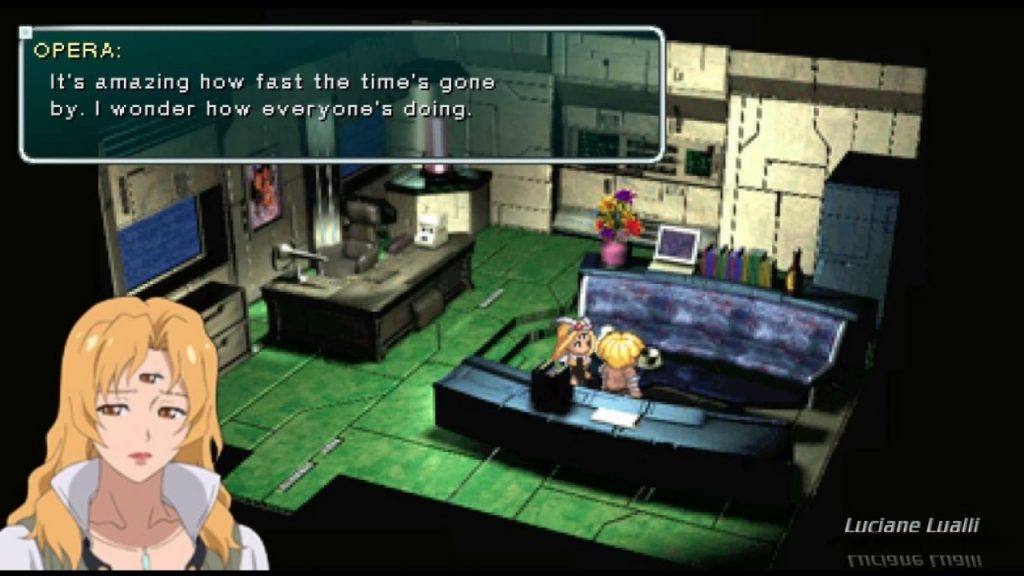
Aside from the mutually exclusive characters, pretty much anyone can end up with anyone else. That’s right, a game from 1998 could potentially have an ending where two women or two men wind up together. While the same-gendered pairings tend to be more platonic than romantic, it’s definitely way more progressive than you’d expect from the late ’90s. And a small handful of the characters even have their own side endings they can get with NPCs.
Unfortunately, unlike the various Bioware games we are familiar with, there isn’t really an easy way to keep track of the standings of any party members. There’s no handy section in the menu telling you what the various characters’ relationship values with each other are. This does make pairing up any specific character a little bit trickier as the only way to keep track is to keep an eye on how the characters interact with each other in combat.
Target that Explosion and Fire
The combat was another thing that set Star Ocean apart from other RPGs of the time. In most Eastern RPGs, combat is turn-based, and the battlefields are static. Games like Final Fantasy and Chrono Trigger mixed it up a little by including the Active Time Bar to determine when actions took place, but for the most part, you would be static during random encounters until your turn came up.
This was definitely not the case with Star Ocean, and was something that blew me away. In random encounters, you are in full control of one character (although you can switch which character you are actively controlling at any time). You move that character about the battlefield in real-time, while the computer controls your other three active party members. If you are controlling one of your fighters, special attacks (or Killer Moves as they are known in this particular game) are assigned specific button presses. It winds up being smooth, and fast-paced.
The fast pace does slow down a little if you are controlling 1 of the 4 “magic-users” in the game. While you can have them use physical attacks, they aren’t quite as adept with them as your fighters are. And instead of their spells being assigned to buttons, you do have to open a menu and scroll through a list to use them. It can throw off the pacing of the battles a little bit, but it surprisingly isn’t as jarring as you would think.
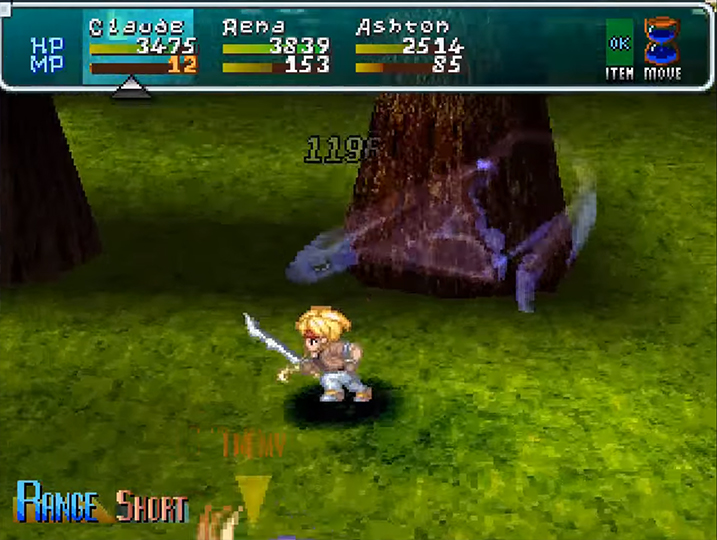
Academy Training
Perhaps more than any other JRPG I’ve experienced, Star Ocean has a huge focus on out of combat skills. It’s not entirely unlike the skill system and nonweapon proficiencies in various iterations of Dungeons and Dragons. As you level up your characters, not only do they learn new attacks and gain stat increases, but they also gain skill points. By going to various guilds, you can purchase a variety of skill packages, which your characters can then learn.
These skills are wide and varied. Some of them are combat based, giving you either stat boosts or special abilities/properties in combat. Others are a little more varied. For example, herbology is a knowledge skill, and it improves the amount of healing you get from certain items. Or the Kitchen Knives skill, which also gives you a strength increase, but also comes with some bonus utility as well.
When you get a certain combination of skills on a character, they gain access to certain non-combat specialties. For example, if you combine the aforementioned kitchen knife skill with a couple of others, that character gains the ability to cook food, giving you access to a whole host of great items. Other combinations of skills allow you to pickpocket, write and publish novels, or to play instruments to various effects.
These various skills you learn add a whole lot of variety in terms of gameplay. But more importantly, it makes your party feel like more than a roving band of murder-hobos. Having non-combat related skills that are actually applicable in-game is something I adore. And a specific set of these skills definitely add to a lot of the fun.
Report to Main Engineering
Among the various skills your characters can learn, perhaps the most entertaining involve item creation. By using certain combinations of raw materials and certain skills, new items can be crafted. If you know what you are doing or are just incredibly lucky, this can bring you god-tier weaponry and armor halfway through the first half of the game. (Pro-tip: Do not sell the Sharp Edge Sword Claude gets after the Lacour Tournament of Arms.) While it is a bit RNG based, it does tend to reward some experimentation.
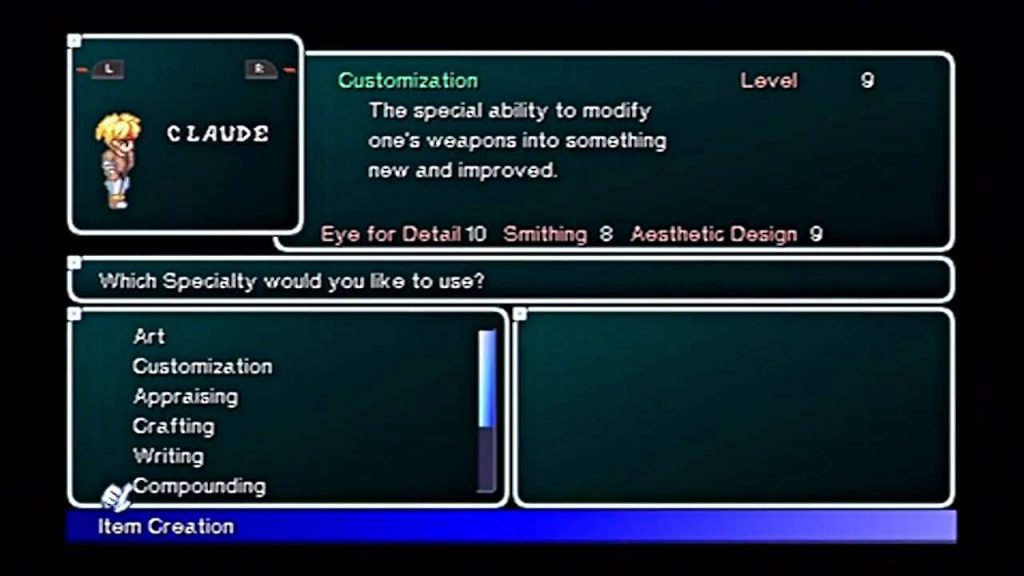
While weapons and armor are the big things that item creation can net you, they are not the only rewards. Have someone who is a gifted cook? Suddenly, you can create fantastic healing items out of random ingredients you find or buy around the world. Have someone who is talented at writing? Well, you can now sell books to a publishing company in certain locations. Have someone gifted at forgery? Congratulations, you now convinced that inn over there that you own them. If you know what you are doing, it adds a fun dimension to the gameplay in general.
To Boldly Go
The game isn’t perfect, but as you can tell by the sheer amount of gushing in this article, there is a lot that I love about it. While Star Ocean: The Second Story is currently a little trickier for the English Speaking world to track down, it is available in Japan on the PS4. A remake of the first game (known as Star Ocean: First Departure) has been released on both the Switch and the PS4. I have just picked up First Departure for the first time, and while it isn’t a perfect game either, I’m certainly enjoying the heck out of it. If anything I’ve described about The Second Story appeals to you, you’ll probably enjoy First Departure. And who knows? If we are lucky, maybe we’ll see a rerelease of the game that turned me on to the Eastern RPG.


